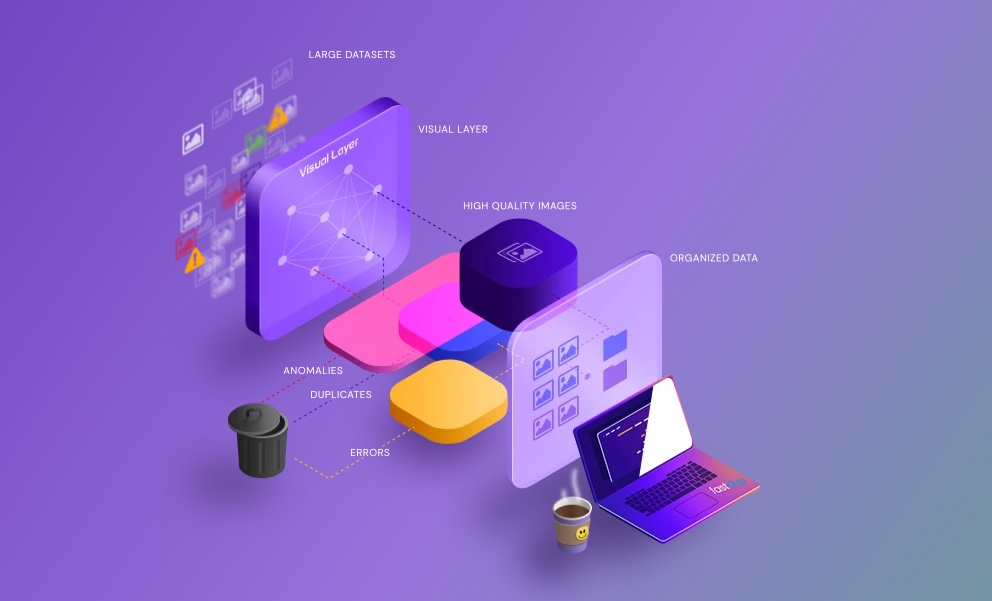Training machine learning models for computer vision use cases takes massive amounts of images. Often, those images are mislabeled, broken or duplicated, leading to sub-par model performance. But with millions of images in many datasets, it’s virtually impossible to catch these issues. Visual Layer, a Tel Aviv-based startup that wants to enable data scientists and ML engineers to find these issues before they impact their models, today announced that it has raised a $7 million seed funding round led by Madrona and Insight Partners.
The company built a system that, without relying on expensive GPUs, can analyze hundreds of millions of images and automatically find potential issues within these data sets. At the core of Visual Layer’s technology stack is the open-source fastdub project. The company’s co-founders Danny Bickson (CEO) and Amir Alush (CTO) developed this project based on their experience at companies like Apple, where Bickson was previously a Str Data Science Manager of the company acquired the AI startup Turi (which he co-founded), and Brodmann17, which Alush co-founded. Fastdup, which recently hit version 1.0, helps engineers find potential issues in their image data sets, clusters and visualizes them.
In their research, the team (which also includes former Turi CEO and co-founder Carlos Guestrin among the co-founders) found that the popular ImageNet-21K pre-training dataset includes over a million pairs of duplicates among its just over 14 million images. Most datasets also include broken images or very similar images that have vastly different labels. Often, thousands of images are also simply mislabeled and are then being used to train the wrong model (think images of shoes being used to train a face detection model).
“Companies and organizations across the globe are experiencing the explosion of data, and visual data is one of the most complex and challenging data types to manage. Understanding, curating and managing this content is crucially important to build meaningful services for customers in a broad set of industries – from retail to manufacturing to self-driving cars and more,” said Bickson. “Companies are struggling with those huge amounts of data, they often have no clue where their data is and what is inside it. They develop their homegrown tools since there is no infrastructure and no common standards.”
Unsurprisingly, Visual Layer is essentially offering fastdub as a service (with additional enterprise features layered on top).
Some of the company’s early users include the likes of Indian social commerce platform Meesho, which used fastdup to improve the quality of its image gallery of 200 million products, John Deere, Honeywell, Winnow and Nuvilab.
“Despite the idea that bigger datasets mean better models, when it comes to images and video, messy underlying datasets can produce suboptimal models and error-prone results. Now with the reality of large-scale AI models we must solve the data problem. The immediate excitement we saw after the launch of fastdup made clear to us that customers agree. We are excited to work with the Visual Layer team and the fastdup community to build a new, foundational component of the AI application stack,” said Jon Turow, Partner at Madrona.
Visual Layer helps enterprise manage the massive visual data sets they need to build AI models, raises $7M by Frederic Lardinois originally published on TechCrunch

















 English (US) ·
English (US) ·